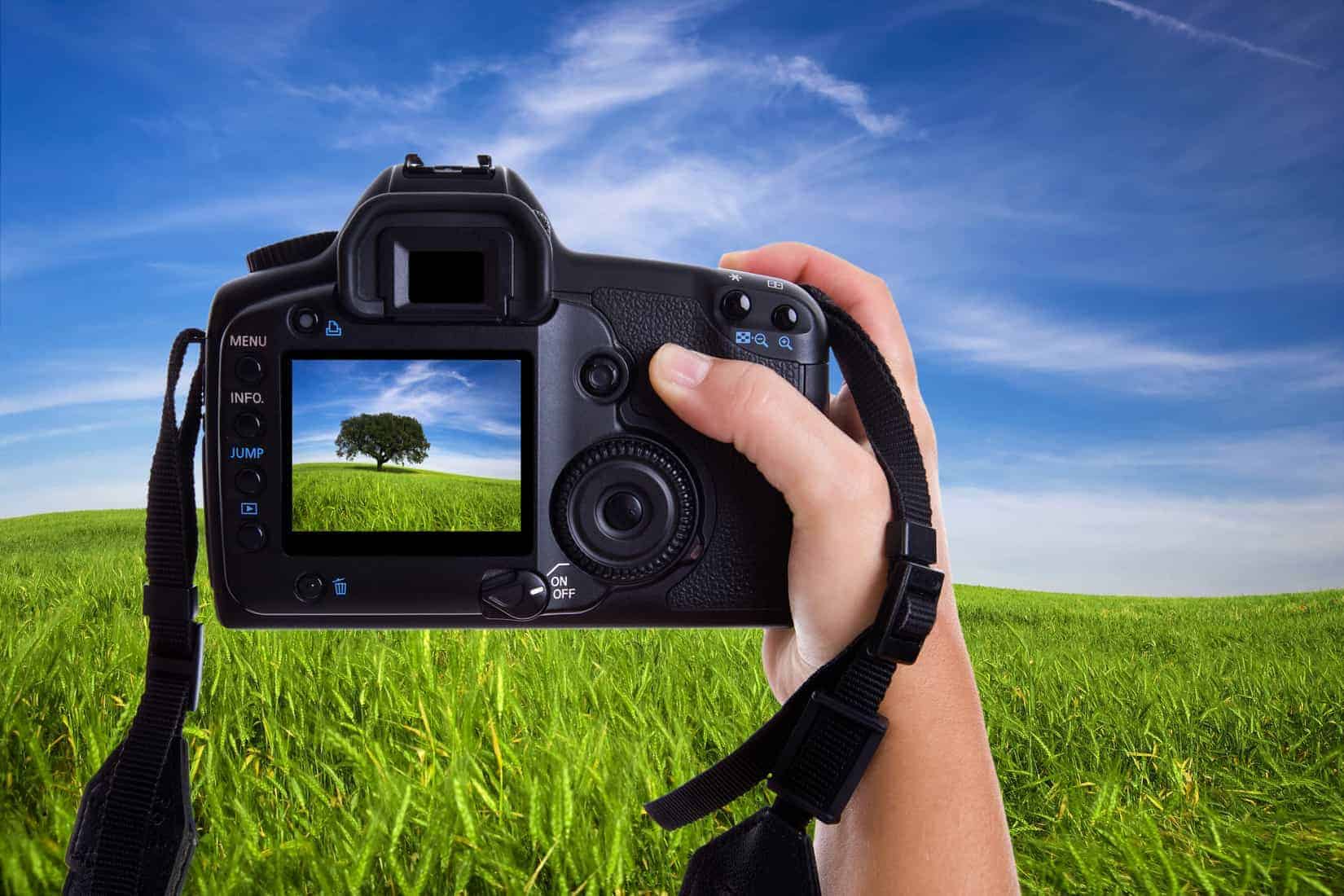
:max_bytes(150000):strip_icc()/camera-man-shooting-talk-show_t20_pRX3YO-281dac0d88874218bfd71c7314fc3047.jpg)

VIEWFINDER CAMERA HOW TO
or if this is already possible, but I haven’t found how to do it. I’d love to hear from the developers if this is a feature they would consider. Of course such a feature would only be possible for focal lengths inside of the iPhone max focal length (which I think is about 13mm). In that way, at most focal lengths I can incorporate my intended shifts into my scouting shots! That would be a great boon to the architectural shooters out there.
VIEWFINDER CAMERA SERIES
Since I almost exclusively use “shifting” lenses in my work, it would be fantastic if in the rangefinder mode, I could shift those series of focal length frames, with maybe a ‘hold & drag’ with one finger gesture. But I can think of something that would make this app much more valuable to my scouting process. I really like the flexibility of the “rangefinder” mode. I am an architectural photographer and this app streamlines scouting and exploring options before I really get down to the business of shooting the job. Create albums of photos from the same project, trip etc A photo gallery for viewing photos taken with the app which also displays the additional data Photos taken with the app include additional data that describe the film format, focal length and lighting meter settings at the time the shot was taken You can take photos with it, so you have a record of shots you were framing. Customisable menus so you can include the film/sensor formats and focal lengths you care about. If you don’t have your big camera with you, Viewfinder Preview is still great for photo sketching, location scouting or story boarding. The app is targeted at stills photographers or film makers working in either film or digital. The app has a large database of camera sensors details and film formats but if the format you desire isn’t there you can add your own custom format. If you are happy with the framing then you can get the big camera out. Instead of spending all that time setting up your big camera, just choose your desired film/sensor size and focal length in the app and point the iPhone camera at what you want to photo to verify framing. Straight out of camera JPEG's look good to me, despite DPReview saying, "where the CX3 falls down is its image quality." Outdoors, it is extremely hard for me to see the LCD clearly enough for careful composition, but the friends I'm with using their phones are similarly handicapped and say it would be cheating to use a camera with a good viewfinder.Viewfinder Preview is an iPhone app for previewing camera framing for any combination of camera and lens. This accounts for about 95% of my shots, with the rest covered by going one step up to the 85 mm setting. I love that it has step zoom and can be set to always start at a 50 mm equivalent focal length.

Sometimes, though, especially when out with friends and doing a variety of activities where a dangling camera would be an inconvenience, a tiny camera carried in a belt pouch, even without a viewfinder, can be a better compromise for me.Īt this point, the Ricoh CX3 has recorded more outings for me than any other digital camera I've owned. I think the rangefinder style makes it easier to shoot away from the body using the rear screen.įor picture-taking, I generally prefer a camera large enough to require two hands, carried via a neck strap, and with a pretty accurate viewfinder. I have a fuji xe2 which doesn't have an EVF and that'd probably be the route I'd go if I had to choose (I'd get the newest model, though, given the option).

The disadvantages are mostly in bright sunlight (hard to see the screen) and low light (harder to keep it steady). From there it's not a far cry to getting used to using the rear screen to compose. The new OEYE-RED OLED viewfinder is designed to control RED cameras natively (MONSTRO 8K VV, HELIUM 8K S35, GEMINI 5K S35, DRAGON-X 6K S35, RED KOMODO 6K). I prefer optical viewfinders and am avoiding the transition to mirrorless for as long as possible, but I think one of the advantages (and yes, I know there are many) of mirrorless is the ability to switch from using the viewfinder to using the rear screen in the case of odd angles seamlessly. There's a reason there are so many cameras without an EVF/OVF. Well! May sound silly, to most people here, i guess camera without viewfinder is just very bad choice for photography.


 0 kommentar(er)
0 kommentar(er)
